The suffragettes’ militant activities were shocking for their time. June Purvis describes them as ‘transgressing the gender expectations of Edwardian society’; they unconsciously drew on a history of riotous actions and ritual behaviour that Julius R. Ruff portrays as ‘almost instinctual conduct’.1 Their rebellious behaviour can be read in the context of both early modern riot and festive inversion.
The historical popular protest drew on the symbolism of ‘the world turned upside down’ – a phrase used by the early American women suffragists and anti-slave campaigners, Sojourner Truth and Angelina Grimke, in the mid 1800s. This carnivalesque concept would flow in both directions. As Ruff says, ‘festival mocking satire and ritual violence’ could quickly turn to ‘direct hostility, mass violence, riot and rebellion’, and riots employed rituals to reorder society.
June Purvis quotes the Observer newspaper in 1908 describing suffragettes as turning a meeting in the Albert Hall into ‘a Bedlam … all sense of decency lost … it was a melancholy and disheartening spectacle’. 2 This social fear of disorder mirrors commentary on festive riot by early modern religious leaders, who thought that it stood against morality, decency and self-control.
Turn-of-the-century anti-suffrage posters continually imagined the politicised woman as the cause of societal breakdown by destroying gender roles, but the female protestor had a long history – as in the early modern period, women were frequently the leaders of riots. Ruff states ‘One historian has estimated [women] at a third of the participants of late eighteenth-century English riots’. 3 Men would themselves take the guise of women to protest; in 1736, the Edinburgh Proteus Riots consisted of men dressed as women led by ‘Madge Wildfire’.
Early modern rioters drew on familiar festive rituals, and these actions were directly repeated by the suffragettes. Protestors would sing while marching, accompanied by drums and other instruments, as Ruff says ‘in imitation of their activities during popular festivals’. Andrew Rosen repeatedly describes the suffragettes doing this.4 In February 1907, Mrs Despard led marchers singing to the tune of `John Brown’: ‘Rise up, women!’.
Ruff explains that the early modern protestor also ‘frequently bore symbols of their unrest’ in the form of sprigs like ‘May revellers [or] bits of coloured ribbon affixed to their clothing’. In 1908, Mrs Pethick Lawrence invented WSPU colours: purple, white, and green, which would be worn by marchers and decorate their processional banners. Mrs Pethick Lawrence said each colour had symbolic meaning: white for purity, purple for dignity and, like May Day, the green represented the ‘green fire of a new spring tide’.
The suffragettes often targeted politicians and members of the establishment and they would do this in manners similar to those used by their historical forbears. Retribution inflicted on individuals in positions of power and authority ‘represented a violent inversion of the social hierarchy akin to that we found common in early modern festive life’. Ethel Moorhead was jailed after throwing an egg at Winston Churchill, a belittling act of ancient origin which Chitra Ramaswamy claims ‘strips a politician of his gravitas’.In November 1909, Theresa Garnett attacked Winston Churchill whilst wielding a riding-switch, an act reminiscent of festive Whipping Toms.5
In 1913, Mrs Pankhurst said that the suffragettes were ‛guerrillists’ and ‘if it was necessary to win the vote they were going to do as much damage to property as they could’. This directly links with what Ruff describes as the ‘symbolism of social inversion’ where ‘festival life transgressed the bounds of the public sphere’. Rioters in 1789 burned manorial records which symbolised noble privilege. In the Forest of Dean, 1631, crowds accompanied by fifes, drums and banners destroyed enclosures and burned houses – ending the riot with the destruction of an effigy. The WSPU attacked letters in postal boxes, fire-bombed country houses, and Rosen reports that their meeting in the Caxton Hall, June 1909, began with ‘martial music played by a fife and drum band; the musicians wore purple uniforms, adorned by green sashes and white braids [then] a group of thirteen women, using small stones wrapped in brown paper, began to break windows at the Privy Council, Treasury and Home Offices.’
The suffragette’s actions appeared to break new ground in their period, but they were rooted in the innate history of rebellion. We seem bound to repeat these ritualistic traditions of transgression when attempting to drastically reorder society and turn the world upside down.
In light of the centenary of women’s suffrage, this piece was commissioned by Alexandra Arts Pankhurst in the Park Programme, an organisation whose community locus is the same Alexandra Park where many of the suffragettes’s organizing and protesting took hold. Adjacent infamous suffragette Emmeline Pankhurst’s residence, Alexandra Arts Pankhurst in the Park Programme champions women’s continuous creativity, radical acts of rebellion and inversion of the status quo through their organisational support of the socially engaged work of contemporary female artists working within and around the park.
This article was commissioned by Alexandra Arts for the special print edition of Art 511 Mag celebrating International Women’s Day and the centenary for UK women’s suffrage [funded by ARTS COUNCIL ENGLAND] during the Pankhurst in the Park 2018 season.
- Purvis, June. Unladylike behaviour. The Guardian 13th November 2007
- Kelbie, Paul & Bloomfield, Steve. Ethel threw an egg at Churchill. After 90 years, is it time she was pardoned? The Independent. 15th May 2014.
- Ruff, Julius R. Violence in Early Modern Europe 1500-1800. Cambridge University Press. 2001.
- Rosen, Andrew. Rise Up, Women! Routledge 1974.
- Ramaswamy, Chitra. Beyond a yolk: a brief history of egging as a political protest. The Guardian. 5th October 2015.
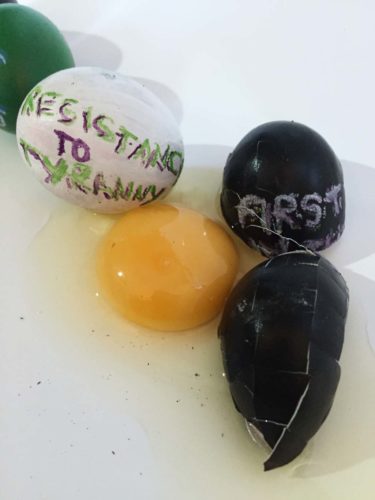
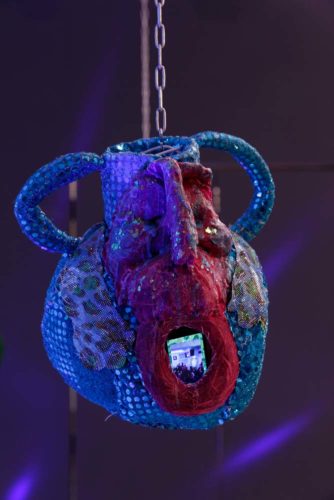
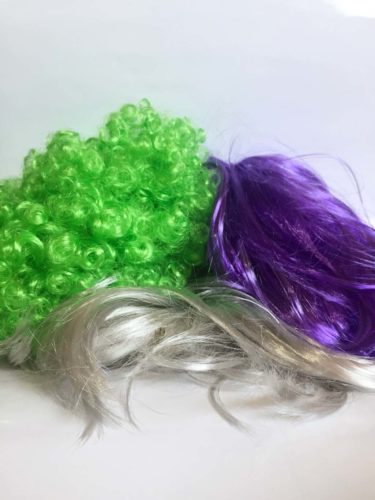

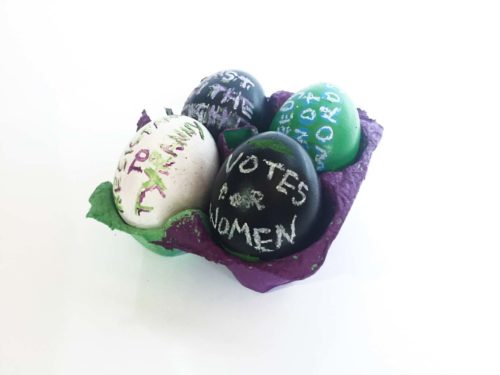
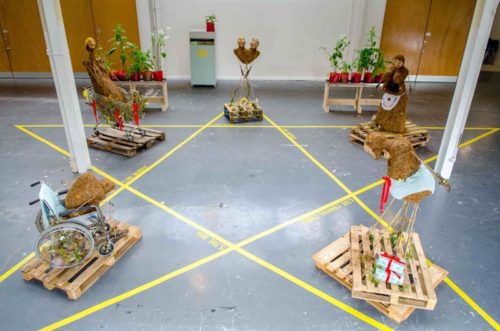
One thought on “The Ritualistic Healing of the Suffragettes”